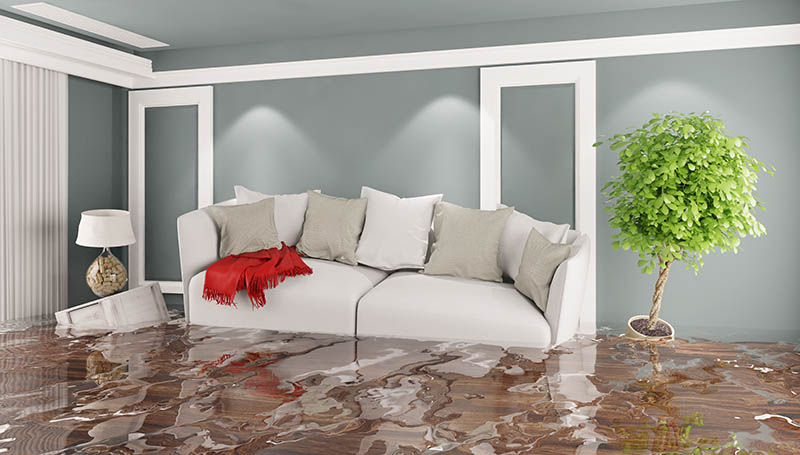A Guide to the Six Most Common Water Leak Sources in Your Home
A Guide to the Six Most Common Water Leak Sources in Your Home
Blog Article
What're your concepts on Common Water Leaks In House?

Leaks not just trigger waste of water but can also cause unneeded damages to your house and advertise unwanted organic growth. By recognizing as well as looking for everyday circumstances that cause leaks, you can shield your residence from future leaks and unneeded damages.
Immediate temperature adjustments.
Severe temperature level changes in our pipelines can trigger them to expand and also acquire unexpectedly. This growth and tightening may create cracks in the pipelines, particularly if the temperature level are below freezing. It would certainly be best if you kept an eye on exactly how your plumbing works. The existence of the formerly discussed conditions often suggests a high threat.
Rusty water systems
As time passes by, your plumbing system ages as well as deterioration such as corrosion may start gnawing the pipelines. This might be the reason for staining or bending on your pipes. This requires an inspection with your plumber promptly. If our plumbing system is old, consider replacing the pipes given that they are at a greater threat of rust than the newer models.
Malfunctioning Pipeline Joints
The factor at which your pipelines attach is frequently the weakest link in the waterline. Pipe joints can wear away with time, resulting in water leakages. The majority of pipeline joints are not conveniently visible. If you have loud pipelines that make ticking or banging noises, specifically when the hot water is activated, your pipe joints are probably under a lot of pressure. It is advisable to have your plumber evaluate your system once a year.
Elbowing in origins
The majority of water leakages start outside your house instead of inside it. If you see a sudden decrease in water pressure, say in your tap, take time to head out and also analyze your backyard. You could observe wet spots or sinkholes in your lawn, and that might mean that tree roots are attacking water lines triggering water to seep out. You can have your plumber check for invasion, particularly if you have trees or hedges near your residential property.
Poor Water Connectors
At times, a leakage can be created by loose pipes and also pipelines that provide your home appliances. In situation of a water links leak, you might notice water running directly from the supply line or puddles around your devices.
Blocked Drains
Blocked drains pipes might be frustrating as well as inconveniencing, yet they can often end up triggering an overflow resulting in burst pipes. Maintain getting rid of any type of products that may go down your drains pipes that can clog them to prevent such aggravations.
All the above are reasons for leaks but not all water leakages arise from plumbing leaks; some leaks may originate from roof leaks. All leakages should be repaired promptly to avoid water damage.
Leaks not just create waste of water however can additionally create unnecessary damage to your home as well as advertise undesirable organic growth. By looking and also recognizing for day-to-day scenarios that cause leaks, you can secure your house from future leaks as well as unnecessary damages. Today, we will certainly look at 6 leakage triggers that may be causing your pipelines to leak.
At times, a leakage can be created by loosened tubes and also pipelines that provide your home appliances. In instance of a water links leakage, you might see water running straight from the supply line or pools around your devices.
How To Check For Water Leak In Your Home
How To Check for Leaks
The average household's leaks can account for nearly 10,000 gallons of water wasted every year and ten percent of homes have leaks that waste 90 gallons or more per day. Common types of leaks found in the home are worn toilet flappers, dripping faucets, and other leaking valves. These types of leaks are often easy to fix, requiring only a few tools and hardware that can pay for themselves in water savings. Fixing easily corrected household water leaks can save homeowners about 10 percent on their water bills.
To check for leaks in your home, you first need to determine whether you're wasting water and then identify the source of the leak. Here are some tips for finding leaks:
Take a look at your water usage during a colder month, such as January or February. If a family of four exceeds 12,000 gallons per month, there are serious leaks.
Check your water meter before and after a two-hour period when no water is being used. If the meter changes at all, you probably have a leak.
Identify toilet leaks by placing a drop of food coloring in the toilet tank. If any color shows up in the bowl after 10 minutes, you have a leak. (Be sure to flush immediately after the experiment to avoid staining the tank.)
Examine faucet gaskets and pipe fittings for any water on the outside of the pipe to check for surface leaks.
Undetected water leaks can happen without the home or business owner even realizing. If you suspect a water leak, but not able to find the source. It is time to contact a professional water leak detection service, The Leak Doctor.
How To Find a Water Leak In Your Home
https://www.leakdoctor.com/blog/How-To-Check-For-Water-Leak-In-Your-Home_AE197.html

Do you really like reading up on How to detect water leaks in your home? Give a remark down below. We will be interested to see your insights about this blog posting. We are looking forward to see you back again in the future. Make sure you set aside a second to distribute this write-up if you enjoyed reading it. Kudos for your time. Visit again soon.
Call Today Report this page